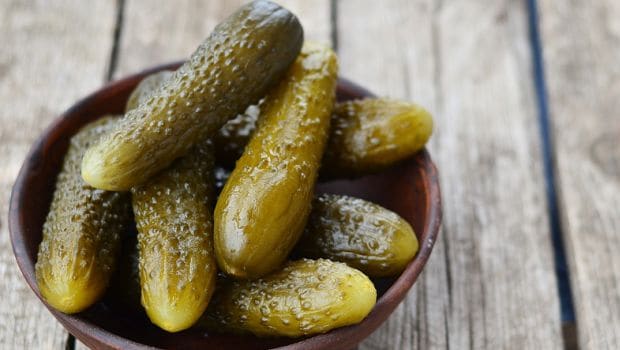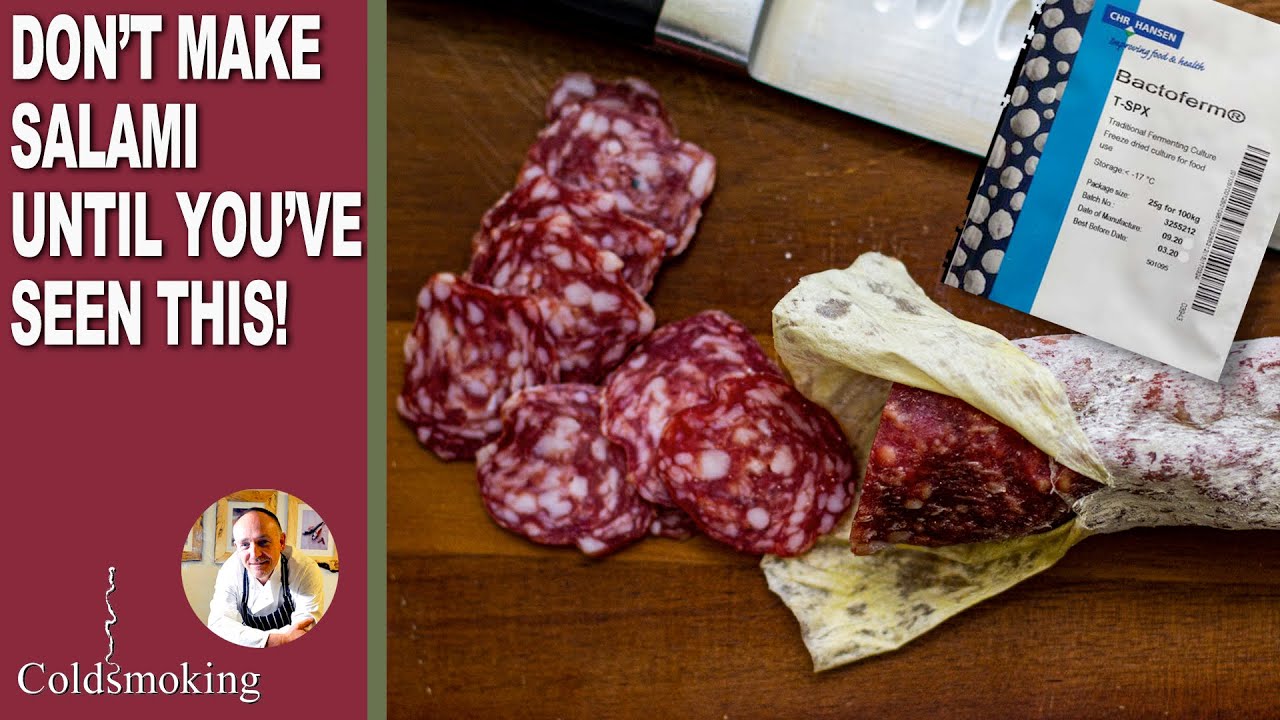Gherkin vs Pickle: A Guide to Understanding the Differences
– Gherkin refers to a small variety of cucumber, also known as Cornichon or Cucumis anguria, with a bumpy skin.
– Pickling is the process of preserving cucumbers in a vinegar or brine solution.
– “Pickle” is a broader term that encompasses various sizes, shapes, and flavors of pickled cucumbers.
– Gherkins are small, young cucumbers typically used for pickling. They have a crisp texture and a mild taste. Common varieties include Cornichon and Vesperal.
– Pickles can be made by fermenting cucumbers in a solution of vinegar, water, salt, and various seasonings, or by immersing them in a vinegar solution and storing them in the refrigerator.
– Different methods of pickling result in different tastes and textures.
– Gherkins are smaller, crisper, and more tender than pickles. They have a tangy and slightly sweet taste.
– Pickles can have a range of flavors, such as dill, sweet, or spicy, depending on the brine and seasonings used.
– Gherkins are a type of cucumber used for pickling, while pickles refer to the process of preserving food in a flavored brine solution.
– Both gherkins and pickles offer vitamins and nutrients but can also be high in sodium.
– Gherkins are smaller, pickled cucumbers, and the term pickle is used more broadly in the UK.
– Gherkins and pickles are commonly used in salads to add tangy flavor and crunchy texture.
– They can be served alongside meat and fish dishes, pairing well with grilled, smoked, or roasted proteins.
– Gherkins and pickles are popular toppings or condiments in burgers and sandwiches, providing a crunchy, tangy element.
– Pickling extends to a variety of vegetables and fruits, including onions, cabbage, carrots, beets, mangoes, and apples.
– Gherkins are young cucumbers harvested before they fully mature, while pickles are cucumbers preserved through fermentation.
– Gherkins have slightly more calories, carbohydrates, fiber, protein, and vitamin A compared to pickles.
– Both gherkins and pickles are low in calories and contain nutrients like fiber, vitamin K, and vitamin A.
– Moderation and portion control are important when consuming pickles to avoid health issues like high blood pressure and heart disease.
– Pickled cucumber, known as a pickle in the US and Canada, and a gherkin in Britain, Ireland, South Africa, Australia, and New Zealand, is a small cucumber that has been pickled in brine, vinegar, or other solution.
– The fermentation process of pickled cucumbers is done by immersing the cucumbers in an acidic solution or through lacto-fermentation.
– Traditional spices used in pickled cucumbers include garlic, horseradish, dill stems, mustard seeds, and various leaves.
– Brined pickles do not keep as long as pickles made with vinegar and must be refrigerated.
– Some commercial pickled cucumber manufacturers add vinegar as a preservative.
– Bread-and-butter pickles are a marinated variety of pickled cucumber made with vinegar, sugar, and spices.
– Gherkins are small cucumbers used for pickling and are often bumpy in appearance.
– “Kosher” dill pickles are made in the traditional Jewish New York City pickle making style and have garlic and dill in a natural salt brine.
– Pickles can be preserved for different lengths of time, resulting in varying levels of sourness.
– Lime pickles are soaked in pickling lime to enhance texture, and Kool-Aid pickles are created by soaking dill pickles in a mixture of powdered Kool-Aid and pickle brine.
– The nutritional content of pickles varies depending on the type, with sour pickled cucumbers being low in calories but high in sodium.
– Pickles are being researched for their probiotic content.
– Pickles have historical origins in different regions, such as the Great Wall of China, the Tigris Valley of Mesopotamia, and Victorian-era luxury food.
– Pickles are consumed and served in various ways in different countries and regions.

